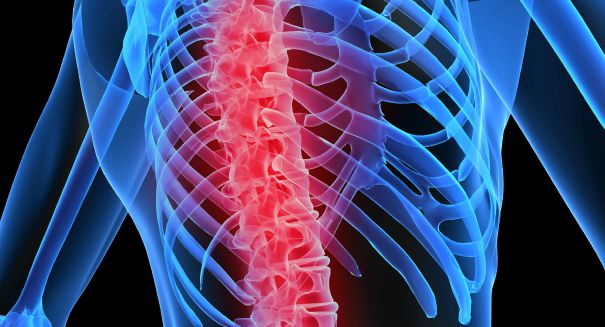
It's a huge development that worked even for people who were completely paralyzed, providing hope for millions of disabled individuals.
In what could be a huge scientific breakthrough, scientists have discovered a noninvasive way to simulate the spinal cord that allowed five men who are paralyzed to actually move their legs in a walking motion for the first time.
It was the first time such patients were able to do it without surgery, and it’s actually a somewhat mystifying finding: scientists don’t know if paralyzed patients could be retaught to once again carry their own weight, this experimental treatment was quite successful with all five individuals being able to move their legs, something the researchers weren’t expecting, according to a UPI report.
People who are paralyzed rarely have much hope that they will ever recover function below their injury, and doctors regularly remind them of that, but this finding at least gives some hope for the future.
In a study led by V. Reggie Edgarton of the University of California Los Angeles, four paralyzed men regained the ability to move their legs after getting an implant that delivers an electrical current to the lower part of their spinal cords, and then just this year involuntary stepping movements were induced with uninjured men using a noninvasive simulation using electrodes on the spine and legs.
They found that this induced movement in those healthy men, prompting researchers to give it a try on five paralyzed men of various ages who had been paralyzed for a period of at least two years. After getting training sessions for 18 weeks, as well as doses of buspirone, an anti-anxiety drug, they saw consistent improvement in small voluntary movements, including the flexing of muscles — an exciting finding that was published in the Journal of Neurotrauma, according to the report.
The news was rather shocking. Edgarton thought that completely paralyzed people probably wouldn’t get the neural connections necessary to get some movement back. But they found that they regained voluntary control rather quickly, indicating that these neural connections were simply needed to be reawakened.
Edgarton said, according to the UPI report, that this should indeed give patients hope. But he cautioned that scientists were years away from a treatment that was practical and effective.